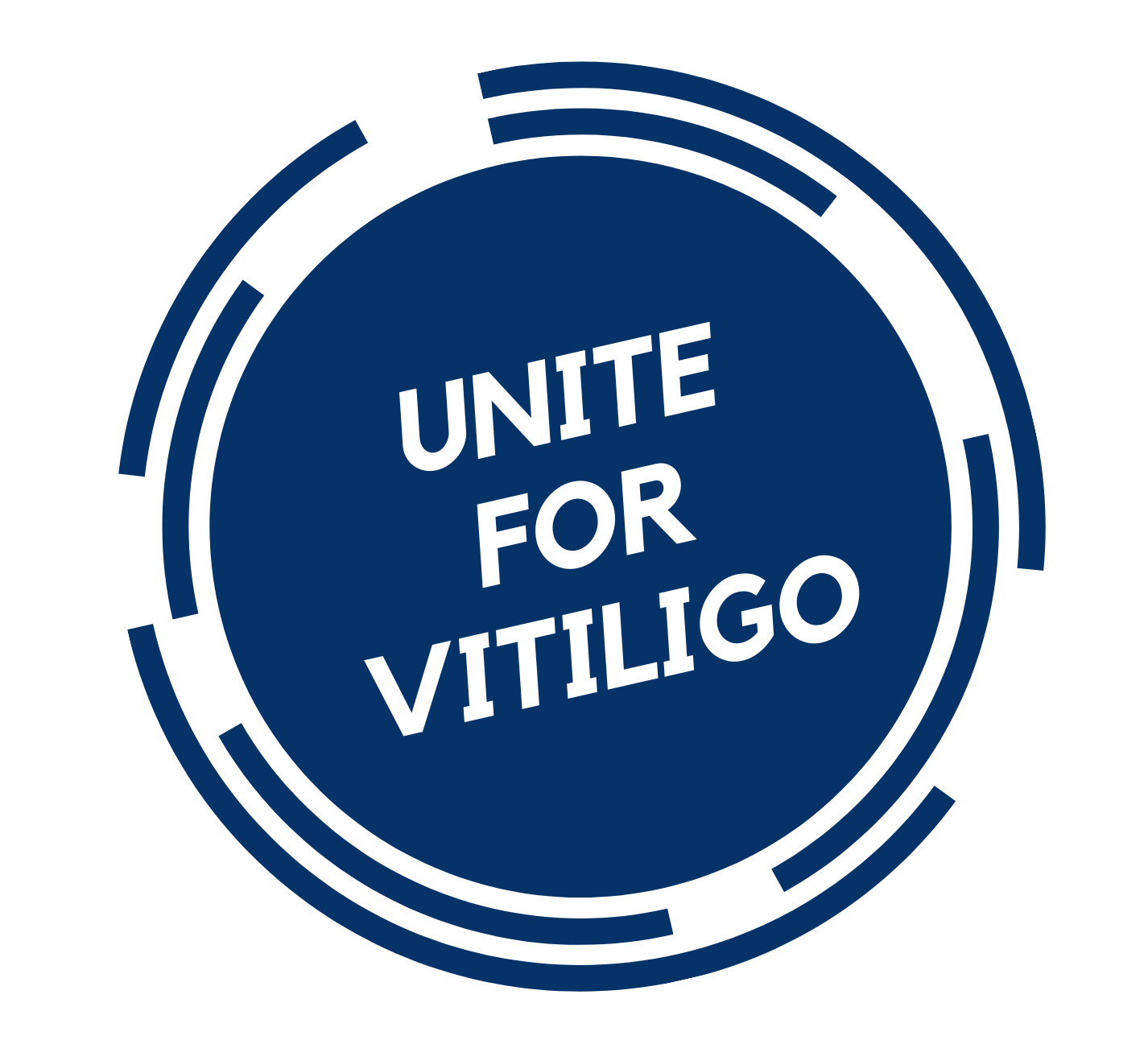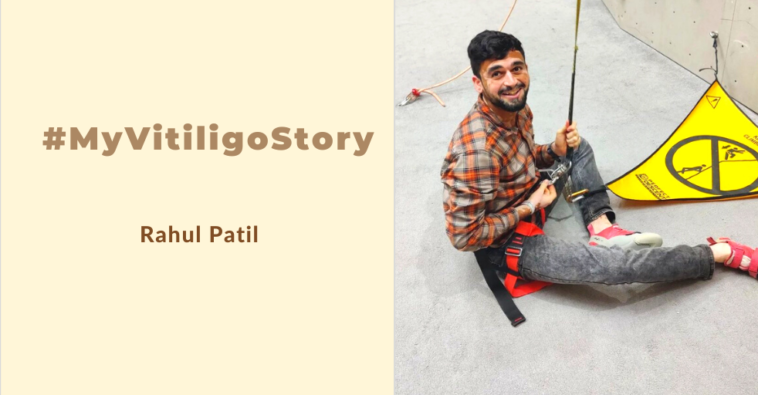Hello, my name is Rahul Patil, a 28-year-old IT professional working as an SAP Consultant. Originally from the small town of Pachora in North Maharashtra, I have been living in Mumbai since 2012. Today, I would like to share my personal story, the discovery of my vitiligo, the challenges I faced, and the valuable lessons I learned along the way.
At the tender age of five, I noticed the first signs of vitiligo—a small dot on my left eyelid followed by another on my left ear. As a child, I remained largely unaffected by the condition simply due to my lack of understanding. However, as I entered my teenage years, a sense of insecurity about my appearance began to take hold.
Coming from a financially constrained background, my family and I had limited knowledge about vitiligo and its available treatments. Regular visits to doctors were a luxury we couldn’t afford. Despite the circumstances, my loving mother resorted to various superstitious beliefs in hopes of finding a cure of my vitiligo. She refrained from wearing bangles on her left hand for three years, made a vow to offer silver eyes to our Clan goddess, and even insisted that I keep a ponytail for years.
Unfortunately, discrimination became a part of my life as classmates who were unaware of my condition began to mock and use derogatory slang terms like “rogatel” and “kodya” (slang used in Maharashtra). This discrimination extended to various aspects of my school life, including being relegated to the last row during a dance performance, despite being a skilled dancer.
Although I had a supportive circle of friends due to my academic and athletic achievements, I carried an underlying fear of being targeted for my skin condition. Handling bullying was a challenge, but fortunately, I didn’t face it extensively. My strong personality and resilience prevented most instances of bullying, but there were a few unfortunate incidents. One such incident involved my social science teacher’s son, who tested my tolerance and resulted in an outburst that led to his hand fracture.
One of the most disheartening aspects of living with vitiligo was encountering misconceptions about the condition. People often viewed it as an ugly curse or assumed that something was inherently wrong with me. Unfounded beliefs, such as linking vitiligo to dietary habits like consuming fish and milk together, further added to the misinformation surrounding my skin condition.
It took me eight years of struggle to fully accept myself and overcome my insecurities. Throughout my journey, I sought answers within myself, drawing inspiration from my circumstances and responsibilities. The teachings of the Bhagavad-Gita became a guiding light, providing solace and wisdom. Additionally, engaging in sports played a vital role in inspiring me during challenging times, offering opportunities, recognition, and confidence. Films like “The Matrix,” “Unbroken,” and “The Shawshank Redemption” also served as sources of motivation.
I acknowledge that vitiligo has shaped me into the person I am today, providing me with strength and depth of experience that I may not have had otherwise. Therefore, I urge everyone to believe in themselves and not allow societal expectations to dictate their self-worth. Taking care of our physical, mental, and spiritual well-being is paramount. Strength lies in facing our fears and pursuing activities that excite us, be it traveling, seeking adventure, or engaging in hobbies. Everything that I just mentioned has motivated me to accomplish significant milestones in my life. I graduated from VJTI, Mumbai, a prestigious engineering institute in Maharashtra. As a national-level chess player, I achieved an international rating. Furthermore, I completed a half marathon in an impressive 90 minutes and participated in a 5km open sea swimming competition on January 23rd.
While vitiligans are underrepresented in popular culture and face prejudices, I believe that gradual change is on the horizon. Creating awareness, normalizing the condition, and challenging societal mindsets are crucial steps toward achieving greater representation and acceptance. As trends and perspectives evolve, people will become more accustomed to seeing diverse stories on screen. Together, we can create an environment where vitiligans and individuals with visible differences are treated with empathy, understanding, and respect. Let us celebrate the richness of diversity and the strength that lies within us all.

